TPW TV: Big Bend, Life on the Edge
Friday, October 16th, 2015
This is Passport to Texas
The Texas Parks and Wildlife TV series on PBS kicks off its 30th Anniversary season October 18 with a half hour film called Big Bend, Life on the Edge, narrated by Peter Coyote.
11- I was on a camping trip with Hill Country Outdoors and some friends in November last year; and we went into the headquarters and saw this film showing, and it just blew me away.
Don Cash is the Texas Parks and Wildlife TV series producer.
09-It was so beautiful, and so well done, I thought: you know people need to see it outside of having to come to the headquarters to watch the film.
Don Cash sought and received permission to air the film on the Texas Parks and Wildlife TV series from the National Park service and the film’s producers, Great Divide Pictures. He says viewers will experience Big Bend like never before.
28-The film gives you a view of Big Bend that very few people are going to get. The aerial photography in this film is just beautiful and fantastic. Of course, everything is shot at the right time of day. The colors are beautiful. So, you get this just really unique perspective from the air. Plus you get to see the whole park. That’s one thing that I enjoyed about it: I got to see it from a whole different perspective. It is a beautiful film, but frankly, it’s better to go there and spend some time, and see it [Big Bend] for yourself.
See Big Bend, Life on the Edge, narrated by Peter Coyote the week of October 18 on the Texas Parks and Wildlife TV series on PBS. Check your local listings.
For Texas Parks and Wildlife…I’m Cecilia Nasti.

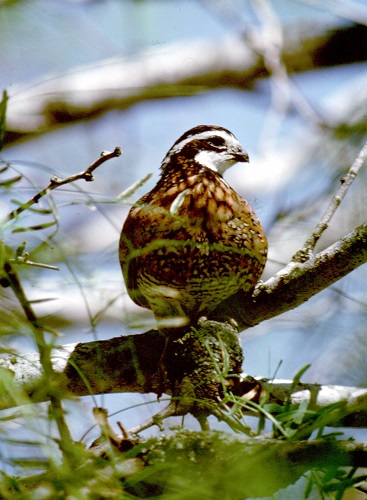
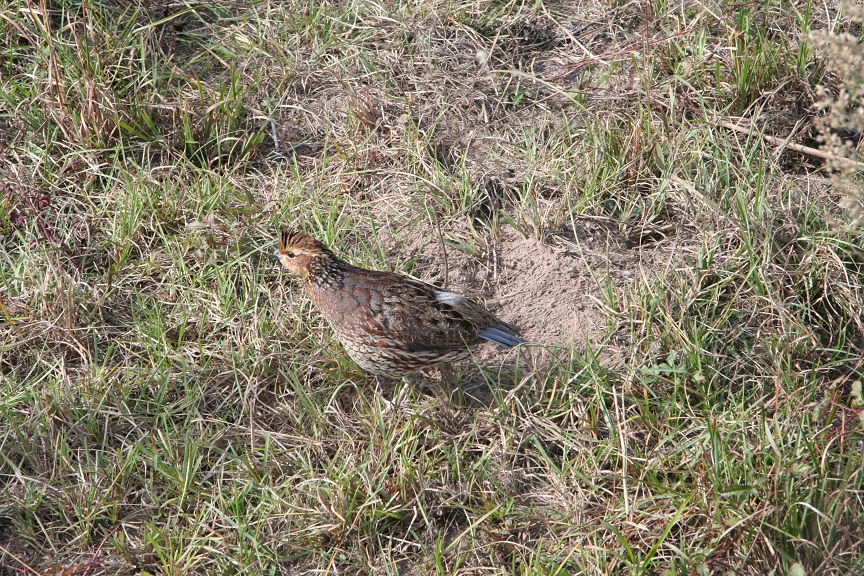

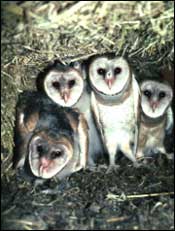
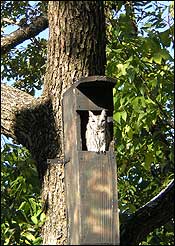
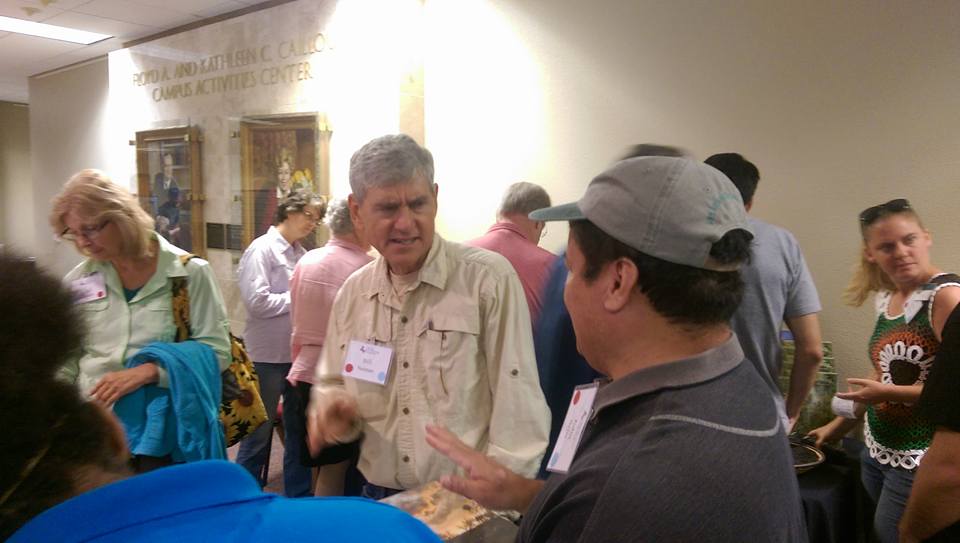

 Passport to Texas is a
Passport to Texas is a  Passport to Texas is made available by:
Passport to Texas is made available by: